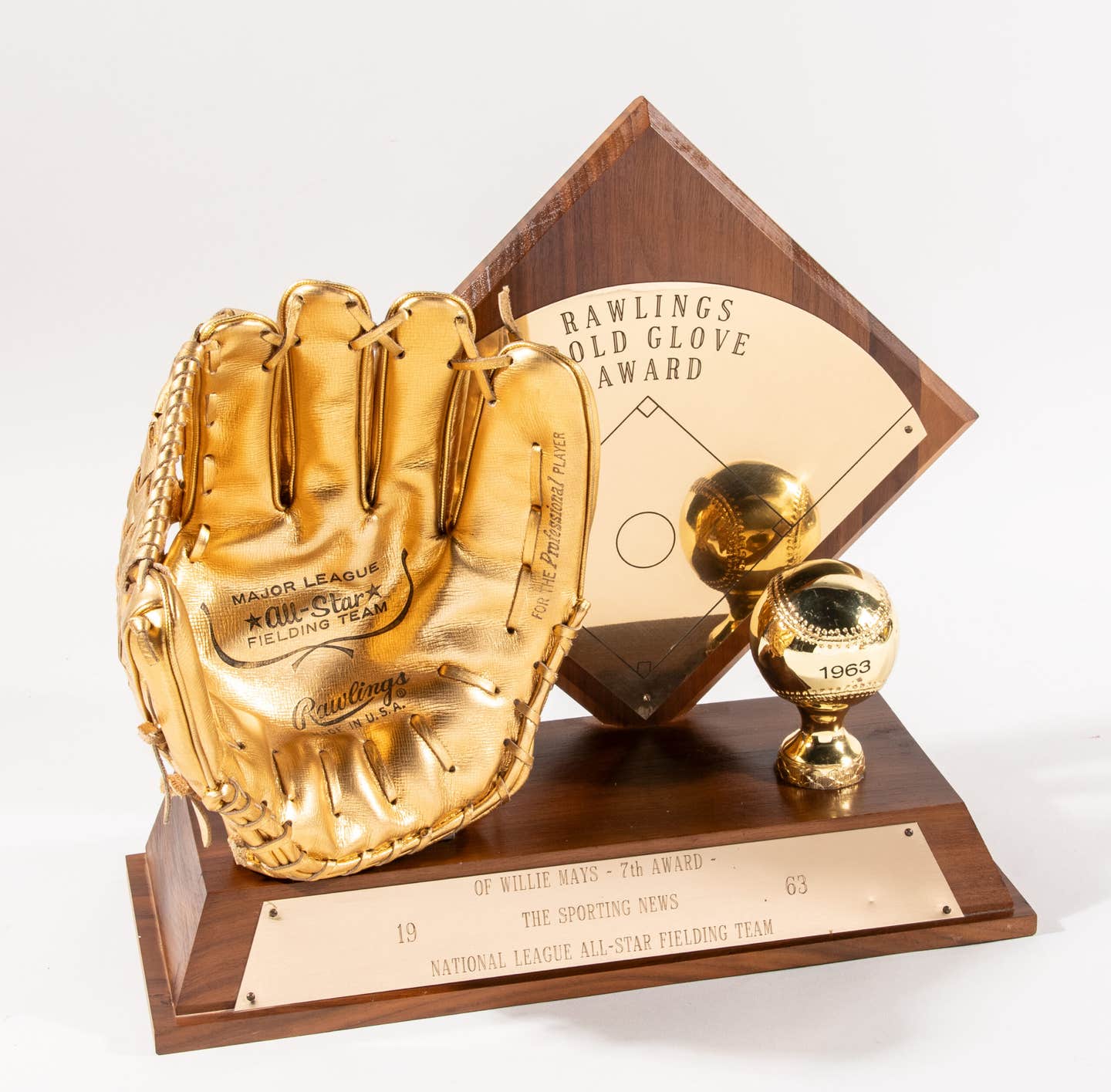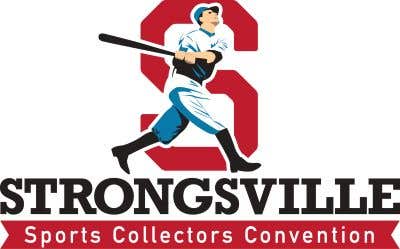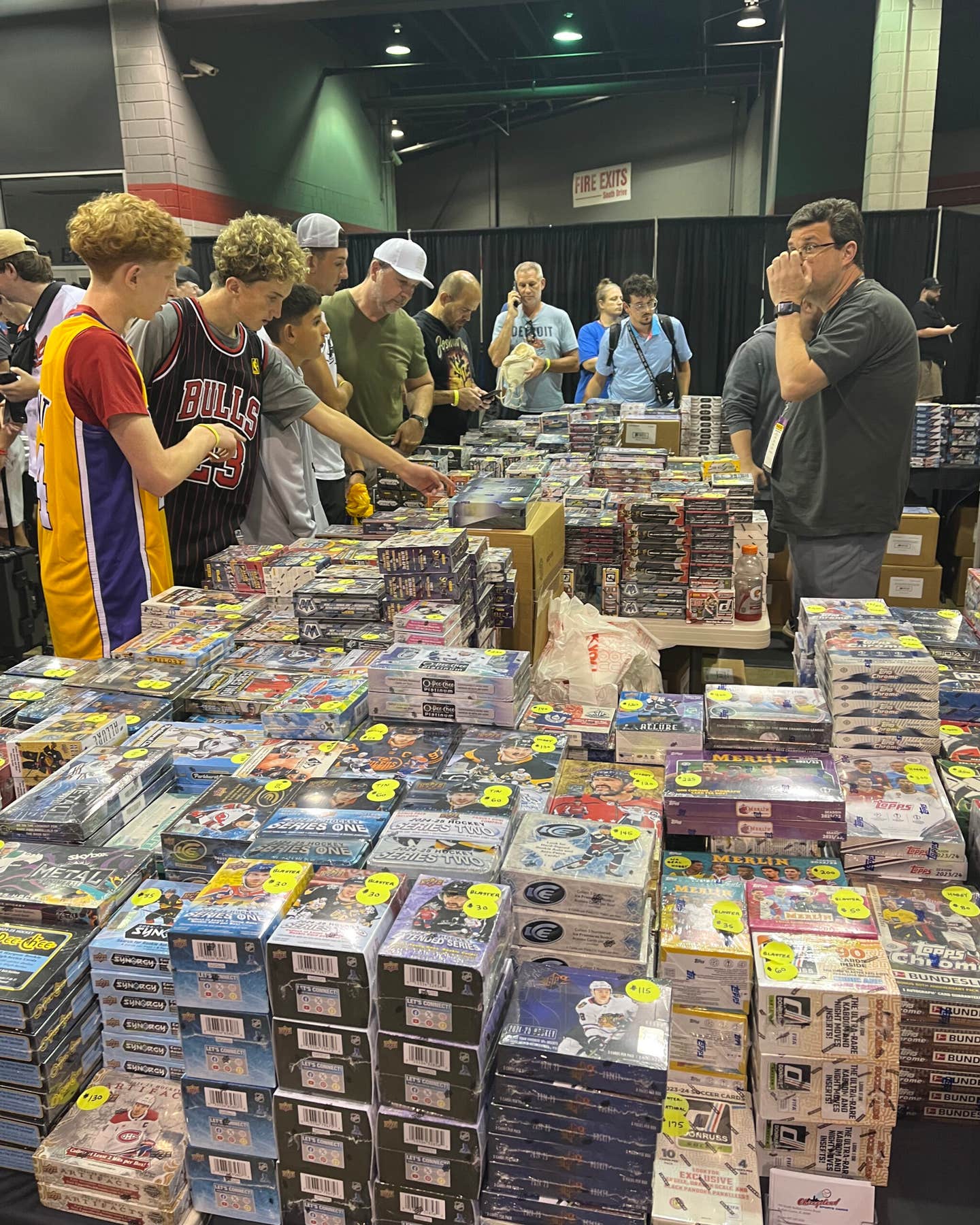Cards
1952 Topps Canadian Might not be From Canada After All
Ever since we first listed in the Standard Catalog of Baseball Cards six-eight years ago a set called 1952 Topps “Canadian,” there have been questions as to the accuracy of that description.
There exists in the hobby Third Series 1952 Topps cards that have a distinctly gray back, rather than the cream-colored card stock normally associated with the series. Because a similar 1954 Topps run with gray backs is known to have originated in Canada, it was presumed by many collectors that the gray-back 1952 Topps Nos. 131-190 are also Canadian.
Not all vintage collectors have bought into that theory.
A most cogent argument against Canadianorigins has been advanced by veteran collector John Rumierz. Rather than paraphrase his logic, I’ll present it to you as he presented it to me.
“I will apologize for this long winded piece but . . . I have an active want-list on the 1952 Gray Back 3rd Series since 1970 and I have an almost parental interest in the issue. Back in ’70, I was the only guy who pursued them until (another collector’s name redacted) followed soon after.
“1.) I have done 20-30 buying trips in Canada from St John’s to Vancouver from 1972-’96. I saw thousands of ’52s with hundreds of High Numbers and many Mantles. However, I never saw one gray backed 3rd Series card.
“2.) I never talked with any collector who said he got one in Canada.
“3.) The “story” back in the early ’70s was that the cards came with Kleenex or Doeskin tissues. (Another collector’s name redacted) and I have looked unsuccessfully for decades to try to find confirming evidence.
“4.) The usual find of these is one-to-three in a large group of 1952s. It’s obvious that the entry route was not the same as the standard gum card route.
“5.) The inferior picture quality of these cards lends credence to the idea that Topps supplied them to another firm under contract while still assuring the Topps product would look better and be preferable.
“6.) Now the very interesting aspect of the gray backs is that they also come with the standard glossy front. These apparently resulted late in the run when the white paper ran out. The glossy/grays are even more difficult than the gray/grays. I have 56/60 of the latter and 24/60 of the former.
“7.) The Canadian distributor contracted for the same number of cards from Topps from each of the Series 2-6. That’s the reason why High Numbers are “common” in Canada. First Series cards are rare/nonexistent in Canada.”
Like Rumierz and his fellow researcher, I have long heard hobby tales of some baseball cards having been distributed in the early 1950s by a tissue maker. Also like them, I have never seen any confirming evidence. We do know that 1955 Topps Rails and Sails cards were distributed in some fashion by Doeskin tissues. This may be the genesis of the supposition that baseball cards were similarly distributed.
If not a general consumer product in Canada, or a Kleenex-box ridealong, where did the Gray Back 3rd Series 1952s come from? I am not averse to changing the title of this set from 1952 Topps “Canadian” to 1952 Topps 3rd Series Gray Backs if evidence of Canadian origins is not forthcoming.








